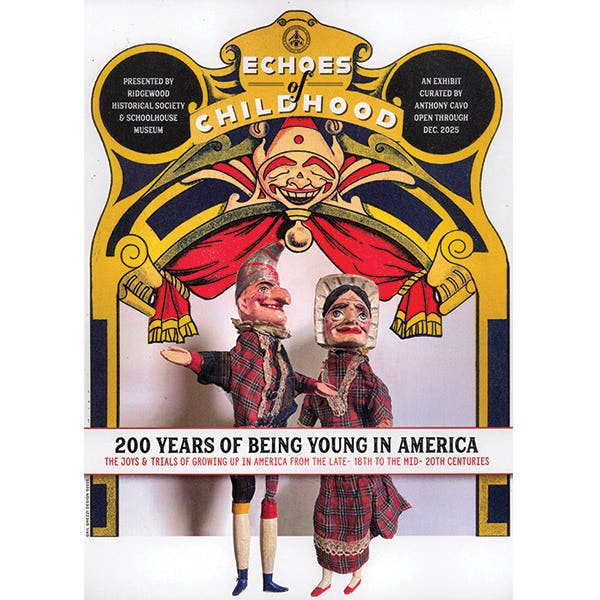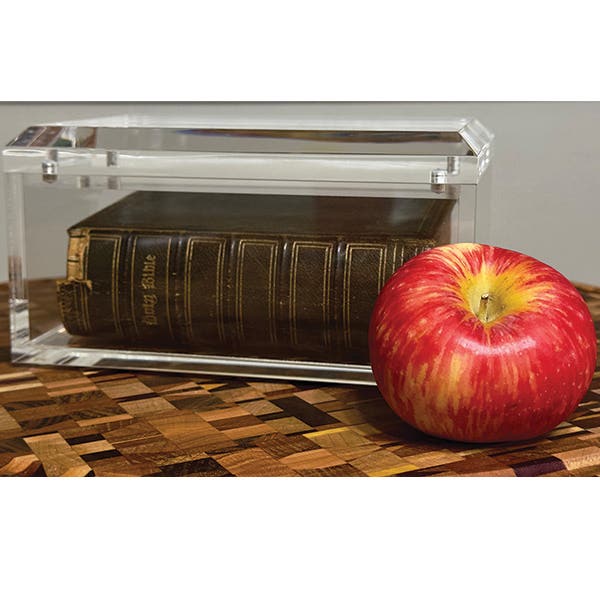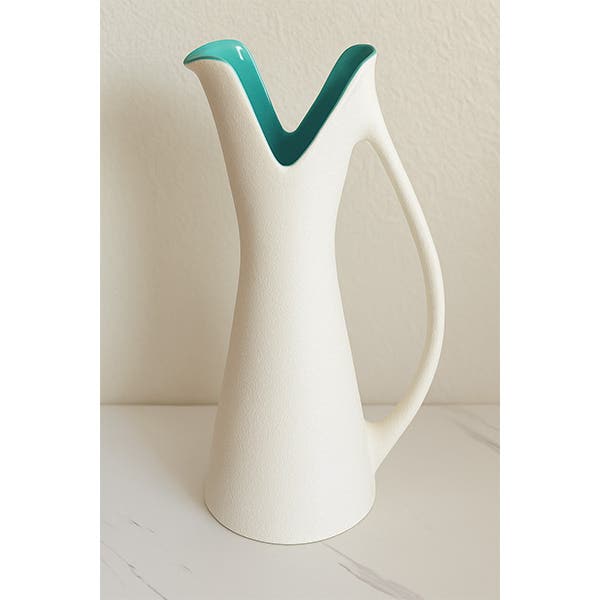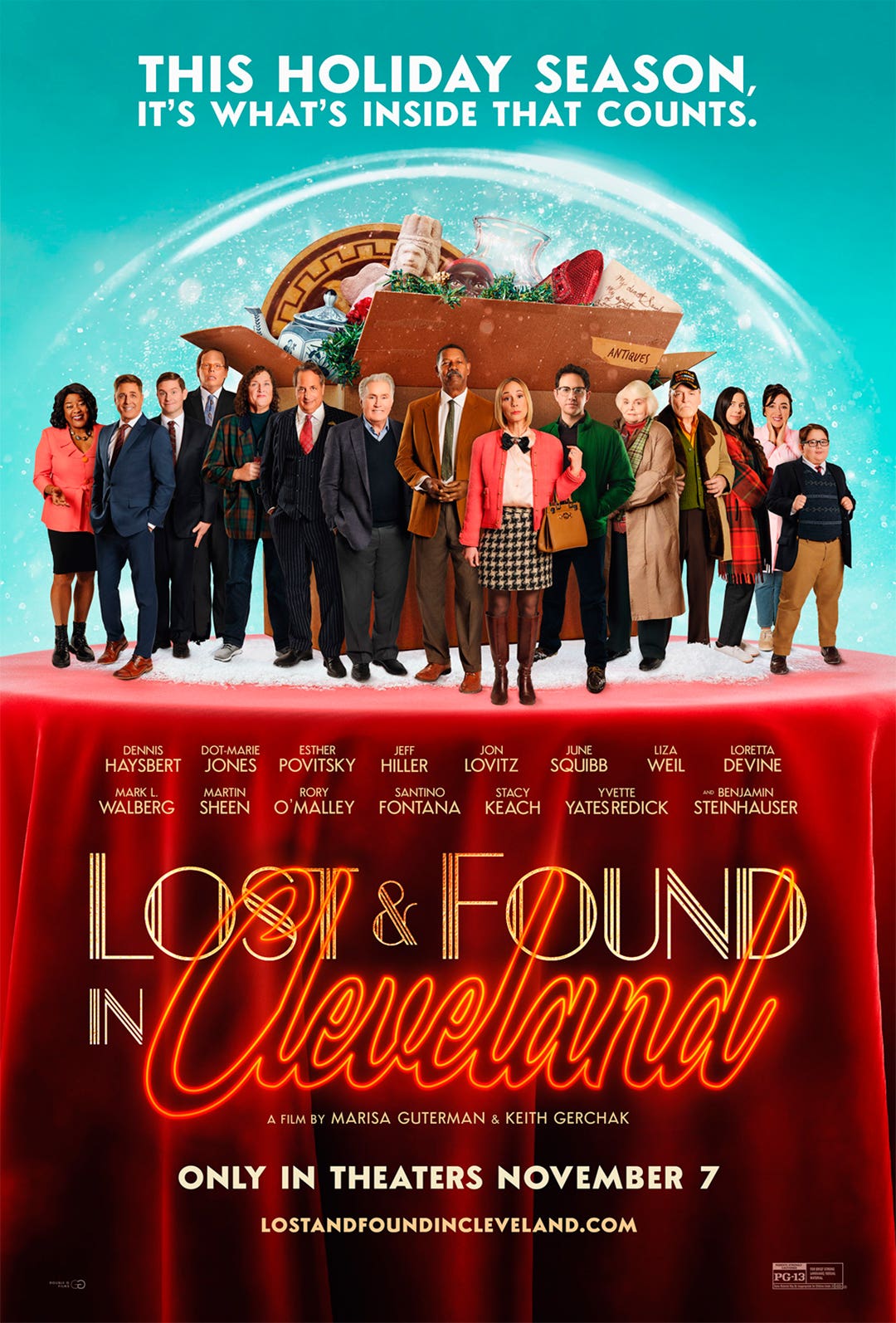From Secrecy to the Spotlight: Spies and Codebreakers at RR Auction
Enigma machines, Alan Turing’s math book, and autographs of wartime heroes are up for sale as RR Auction decodes history.
Spies and codebreaking sound like the stuff of action thrillers, but there are plenty of them in real life. The “Decoding History: Kryptos, Enigma, and the Rosetta Stone” event at RR Auction, which ends on November 20, highlights artifacts from these real-life heroes (and some villains). With Veterans’ Day on November 11, it’s an appropriate time to examine these wartime relics and appreciate their historical value, as well as their potential value.
Think of wartime codebreakers, and Alan Turing may be the first name that comes to mind. The British mathematician’s work breaking Germany’s Enigma cipher during World War II made him both a war hero and a pioneering computer scientist. Perhaps offering a little insight into how he became a genius, one of his math textbooks from his undergraduate years at the University of Cambridge is up for auction. The copy of The Distribution of Prime Numbers by A.E. Ingham is signed and dated “Alan M. Turing, July 1933.” But brilliance comes at a high price. As of this writing, bids have passed $8,000.
The auction includes several cipher machines. In addition to two Enigma machines and Cold War–era Soviet machines, a tiny mechanical M-209-B is up for offer. American troops carried this portable cipher machine into battle on the front lines during World War II. Although the code was not as secure as Enigma, it was useful for tactical messages that only needed to stay encoded for a limited time.
Putting faces to the stories of World War II heroics, some lots include photographs and signatures. A section cut from the 1924 yearbook of the United States Naval Academy at Annapolis has a photo and brief biography of a young Thomas H. Dyer, who would go on to decipher Japanese communications during World War II. Another lot offers a signed photograph of David Balme, who served in the British Navy and led Operation Primrose, which captured an intact Enigma machine.
The auction isn’t all war. Other lots include 19th-century papers that decode the Rosetta Stone and the private archive of Jim Sanborn, which includes the solution to his famous Kryptos sculpture at the CIA headquarters.
You may also like:








